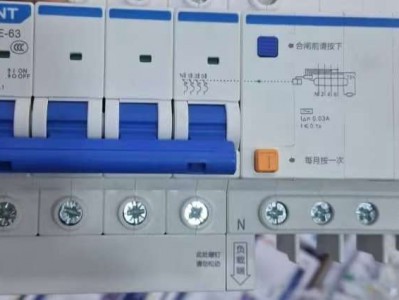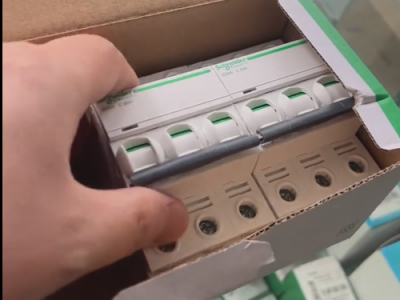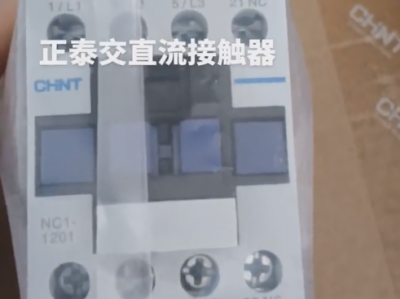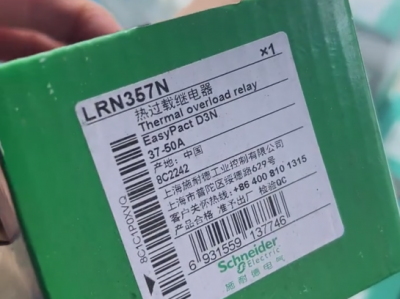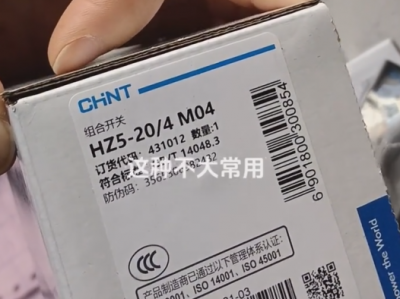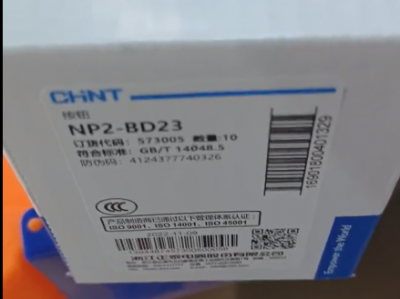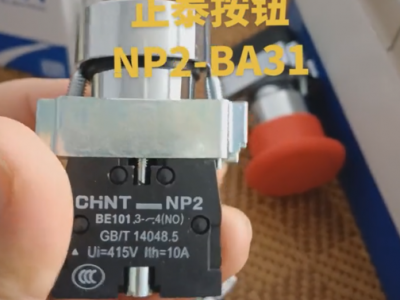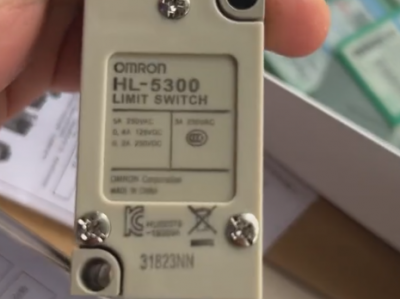100 amp circuit breaker
Product description
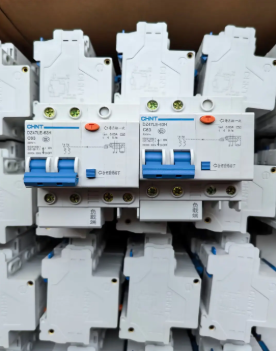 100 Amp Circuit Breaker: What You Need to Know
100 Amp Circuit Breaker: What You Need to Know
A **100 amp circuit breaker** is an electrical safety device designed to protect a circuit from overloads and short circuits by interrupting the flow of electricity when current exceeds 100 amps. Here’s a detailed breakdown of its uses, specifications, installation, and considerations:
1. Key Specifications & Ratings**
- **Rated Current**: 100 amps (A), meaning it trips when current exceeds 100A.
- **Voltage Rating**: Typically 120/240V (for residential use) or higher (for industrial/commercial).
- **Type**:
- **Single-pole**: 120V, used for 100A single-phase circuits (rare; most 100A breakers are double-pole for 240V).
- **Double-pole**: 240V, common for main service panels, large appliances, or subpanels.
- **Additional features**: Some include GFCI (ground fault) or AFCI (arc fault) protection for specific applications.
2. Common Uses**
A. Residential Main Service Panels**
- **Small to medium homes**: A 100A main breaker is suitable for homes with up to ~1,500–2,000 sq. ft., moderate electrical loads (no electric heat, air conditioning, or large appliances like electric stoves/water heaters).
- **Subpanels**: Used to distribute power to detached garages, workshops, or additions, fed from a larger main panel (e.g., 200A main panel with a 100A subpanel).
B. Large Appliances (240V Circuits)**
- **Electric water heaters**, **dryers**, **ovens**, or **heat pumps** may use 100A breakers if they require high continuous current (check manufacturer specs; most large appliances use 30–50A breakers—100A is rare here unless for multiple devices).
C. Industrial/Commercial Subpanels**
- In smaller commercial setups (e.g., small offices, retail stores) or as a subpanel for machinery.
3. Wire Gauge & Installation Requirements**
- **Wire Size (Copper)**:
- **100A at 75°C rating**: Use **4 AWG** copper wire (NEC standard for most residential applications).
- **100A at 90°C rating**: 4 AWG or 2 AWG (if higher temperature resistance is needed, e.g., industrial).
- **Aluminum Wire**: Use **2 AWG** aluminum (due to lower conductivity; always check for anti-oxidation coatings or connectors).
- **Panel Compatibility**: Ensure the breaker fits your panel’s brand (e.g., Square D, Siemens, Eaton) and that the panel is rated for 100A service.
- **Load Calculation**:
- Total continuous load should not exceed **80% of 100A** (80A) to comply with NEC 110.14(C) (e.g., 80A × 240V = 19,200W max continuous load).
4. 100A vs. Other Breaker Sizes**
| Breaker Size | Typical Use Case | Wire Gauge (Copper) | Max Continuous Load (80%) |
| 15–20A | General outlets, lights | 14–12 AWG | 12–16A |
| 30–50A | Large appliances (dryers, AC, stoves) | 10–6 AWG | 24–40A |
| 100A | Small home main panels, subpanels | 4 AWG | 80A |
| 200A | Modern homes, heavy loads (electric heat) | 2/0 AWG | 160A |
5. Signs You Need a 100A Breaker (or Upgrade)**
- **New subpanel installation**: For a detached structure (garage, shed) with moderate electrical needs.
- **Existing panel is 60A**: Upgrading to 100A for more capacity (common in older homes).
- **Load calculation exceeds 60A**: If your home’s total expected load (appliances, outlets, etc.) approaches 80A (80% of 100A).
6. Safety & Troubleshooting**
A. Overloading Risks**
- **Tripping frequently**: If the 100A breaker trips often, check for:
- **Overloaded circuits**: Too many high-power devices running simultaneously.
- **Faulty wiring**: Shorts or ground faults in the circuit.
- **Under-sized wire**: Using too small a wire gauge for 100A can cause overheating (fire hazard).
B. Replacement/Installation**
- **Always turn off the main power** before working on breakers.
- **Hire a licensed electrician** for main panel upgrades or subpanel installations (critical for code compliance and safety).
- **Never replace a breaker with a higher amp rating** (e.g., 100A instead of 60A) without upgrading the wiring and panel.
C. Code Compliance**
- Follow local electrical codes (e.g., NEC in the U.S., BS 7671 in the UK) for wire size, panel ratings, and load calculations.
7. When to Upgrade from 100A to 200A**
- **Home additions/renovations**: Adding electric heat, a pool, or multiple large appliances.
- **Modern energy needs**: Smart homes, electric vehicle (EV) chargers, or solar inverters may require more capacity.
- **Frequent tripping**: If the 100A breaker can’t handle your home’s load even after troubleshooting.
Summary**
A **100 amp circuit breaker** is suitable for smaller homes or subpanels with moderate electrical demands. It requires proper wire sizing (4 AWG copper) and must not be overloaded beyond 80% of its rating (80A continuous). Always consult a professional for installation or upgrades to ensure safety and code compliance. If your home’s electrical needs grow, upgrading to a 200A service may be necessary to avoid overloads and tripping.

